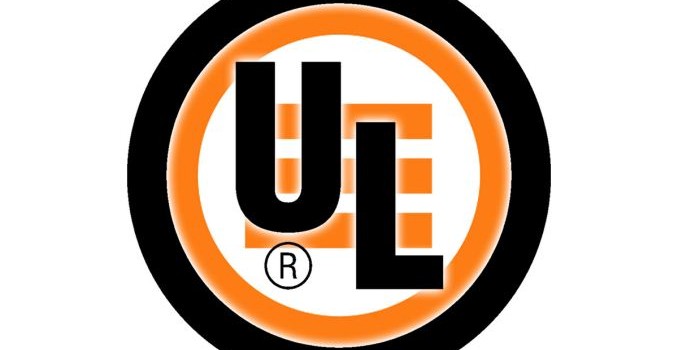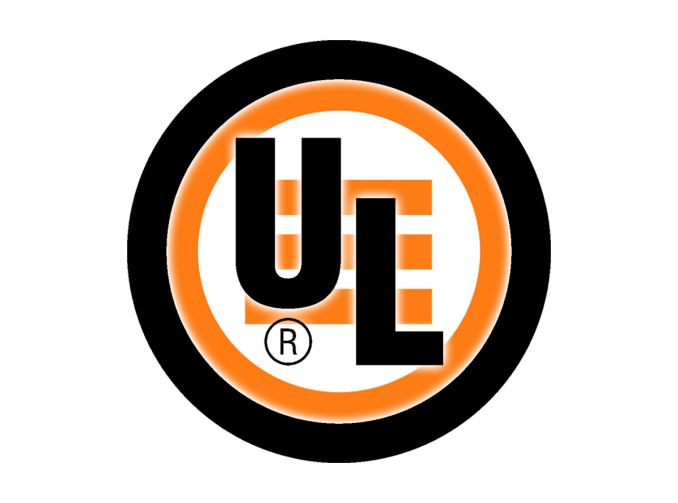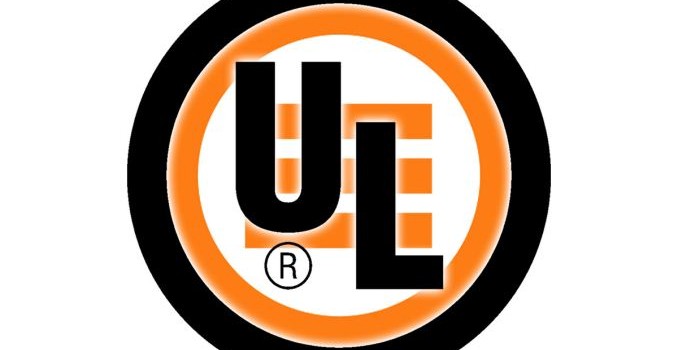Evaluating Futuremark’s Servermark VDI on the Supermicro SYS-5028D-TN4T
Standardized benchmarks with industry-wide acceptance are a must for evaluating computing systems. These benchmarks may evaluate the system as a whole, or target specific aspects. Vendors such as Futuremark and BAPCo have various offerings for both consumer and business-use PCs. However, the market for such programs in the server space is largely untapped. Futuremark has been working on Servermark for more than two years now, and they finally felt it was stable enough to let us test drive one of their recent beta versions. Servermark will have a number of sub-categories, but, our focus was on VDI (virtual desktop infrastructure) – a way to determine how many virtual machines a server can support while providing an acceptable level of performance for all users. Servermark VDI also allowed us to evaluate the Supermicro SYS-5028D-TN4T (based on an Intel Xeon-D 1540 SoC) – a very popular home lab machine for virtualization enthusiasts. Today’s piece provides our thoughts on Servermark VDI based on our benchmarking of the Supermicro SYS-5028D-TN4T.



